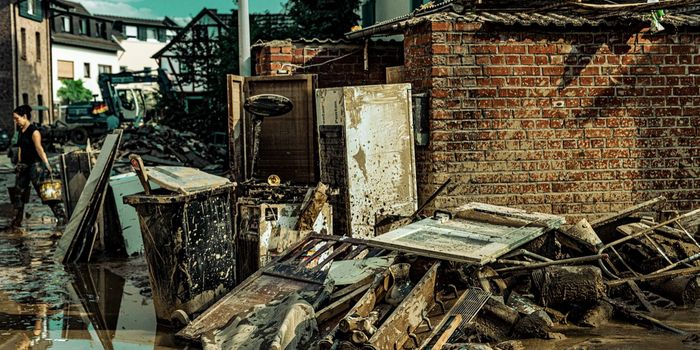Is San Francisco sinking?
Could it be true? Is San Francisco, the beloved Californian city with over 860,000 people living in and around her iconic hills, sinking? A new study of the SF Bay shows that some landfill in the area is sinking an estimated 10 millimeters per year. That puts the airport and some parts of Silicon Valley at even greater risk for flooding from sea level rise. In fact, according to the study published in Science Advances from UC Berkeley and Arizona State scientists, the area vulnerable to sea level rise-flooding doubles when factoring in the impacts from SF’s sinking.
But what exactly is sinking and why? The city itself isn’t actually sinking in the geological sense of the word – as in, into the Earth, or into itself – but rather it is experiencing the compaction of landfill in certain places. Treasure Island, which is sinking at a rate of 12-20 millimeters per year, and Foster City are two such places. Watch the video below to learn about how a landfill works.
With this knowledge in place, the scientists set out to make a complete model of how sea level rise will affect the city by 2100. They used measurements of subsidence between 2007 and 2011 from InSAR, which stands for interferometric synthetic aperture radar and uses radar to generate extremely accurate elevation maps. Whereas previous studies that didn’t factor in the city’s sinking projected that 20-160 square miles of the SF coast would be vulnerable to flooding caused by sea level rise, when this team incorporated the sinking factor into their measurements, that number jumped to an estimated 48-166 square miles.
Senior author, Roland Bürgmann, puts the data into perspective. "We are only looking at a scenario where we raise the bathtub water a little bit higher and look where the water level would stand. But what if we have a 100-year storm, or king tides or other scenarios of peak water-level change? We are providing an average; the actual area that would be flooded by peak rainfall and runoff and storm surges is much larger," he cautions.
However, something to bear in mind is that the scientists made this model assuming a sea level rise of only 1.5 feet – a number that’s now looking more and more impossibly optimistic as Greenland and West Antarctica continue to slip into the sea. If the sea actually rises two, three, or even six feet, what will that mean for coastal communities around the world?
First author, Manoochehr Shirzaei, summarizes the significance of the team’s findings. "The ground goes down, sea level comes up and flood waters go much farther inland than either change would produce by itself.” That will cause serious issues for SF Bay residents and land alike and the scientists hope that their study will be able to help local governments better plan for what’s to come.
Sources: Science Daily, ASU Now, Science Advances









